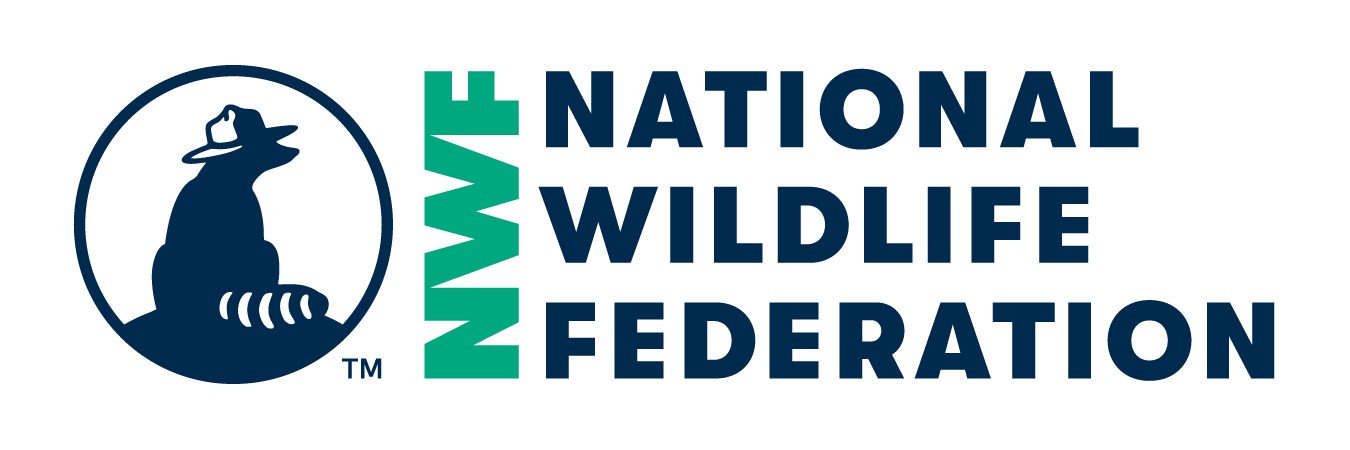Swap-O-Rama
http://www.nwfecoleaders.org/forms/item/66/617
If other:
1. Where is the biggest impact of this project?
Campus, Community
If other:
2. What were the goals for your project?
An ethical closet doesn't need to involve spending a lot of money, it can be local and in a way of close the loop on fashion pollution. Also, to educate people on harmful affects of fast fashion.
3. What strategy did you use?
Advocacy, Community Building, Education
If other:
4. Did you accomplish the goals you set for this project? Please explain.
Awareness about the fast fashion companies and the affects they can have on the people, economy, and the environment. I believe we got half way there for the awareness of the damage of fast fashion because the advertising got thrown to the way side as the semester progressed therefore Mia and I didn't have the set-up we really wanted. However, we are already thinking and planning for next year's Swap-O-Rama it was a big hit with the participants and the volunteers that helped us out.
5. Choose your impact measure type.
Pounds of recycling increased
What were the measurable outcomes of your project?
We actually measured this in raffle tickets: we wanted to see how many people would come and take the opportunity to realize good clothes don't have to be given away to companies like Goodwill and other thrift stores because the clothes that don't get sold are shipped to foreign companies. Clothes can be swapped with peers which can boost community relationships and open their eyes to the dangers of fast fashion. The Swap-O-Rama began with about 10 tables of clothes and ended with about 1 table full of clothes.
6. When did you begin and complete your project?
I began with project back in the beginning of the spring semester so about January 2019 and the actual event took place on April 30th, 2019.
7. What was challenging about your project and how did you respond?
The most challenging part of this event was the marketing and having the right way to get people interested enough to take a look around through all of our clothing tables. Even before the event took place it's hard to get the word out to people at a community college because a lot of people don't care enough to stop and take a moment to learn something new.
8. Which groups were involved in this project? Students, faculty, staff or community groups?
For this event we included students, staff, and faculty. We felt that everybody that is on campus should be apart of something bigger then themselves and learn something new about to protect the environment and not to mention themselves.
9. Was your project funded? If so, how?
No, this project is completely free and we are going to keep it that way. The point of making the clothing free to take was for people to realize it's that simple to keep clothing out of the landfilll and in an unsustainable loop.
10. How did you communicate about this project and educate the broader campus and/or community?
Our main source of communication about the Swap-O-Rama was flyers around campus and send messages through the school's communication system. We found that it was best that way however, I think next year we are going to look at a new way of reach a bigger pool of participants.
11. How have you evaluated your project?
Group reflection, Individual reflection, User survey
If other, please describe:
12. What did you do after your reviewed your project?
Revised goals, Celebrated, Other
If other, please describe:
We wrote down feedback and what we are going to change to improve for next year.
13. What was the biggest or best thing you learned from your project?
The biggest thing I learned from this project was we need a clearer vision about why we are doing this project and solidfy the goal. Not to mention, we need to make sure all of our volunteers learn about that vision so we can have a successful learning environment.
14. What advice would you give to others working on a similar project?
Make sure your vision for the project is clear and that you advertise the project to no end. If the goal is unclear people will get confused and forget. Always keep ontop of the advertising and reach out to as many people as possible. Its okay to get rejected by people but don't stop getting your message across.
15. Based on your response above, what are your future plans for this project? And are there resources (people, financial, etc.) available to sustain it?
I plan to spread out the work load a little better therefore we can have a better event and spread out the advocacy. We are going to look into seeing who would like to help us in making a better Swap and make sure we have a crystal clear vision for next year!
Category ARCHIVED | PROJECT CERTIFICATION







Project Feedback